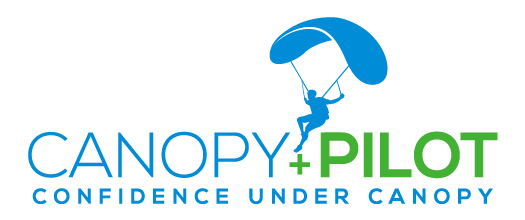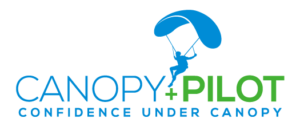Key components we ask you to share:
- Problem Statement:
- Define the exact problem our simulator will solve for your business. This helps us help you, an example: “I want to increase my average revenue per square meter. I see I can do this by allowing my visitors to have a repeatable reason to bring their friends and family back to my location”.
- tl;dr:
- A summary of how you see our simulator will solve this problem. An example: “I want my visitors to be able to connect/compare/compete with each other by sharing an experience they cannot easily get from elsewhere”.
- Goals:
- Business Goals: How will you measure success? An example: “My monthly average revenue per square meter increases”.
- User Goals: What steps do you see a visitor takes to have a great experience? An example:
- Watch someone else fly their virtual parachute. This helps them understand their available controls and how long a jump takes.
- Sign up and pay the attendant
- Sit down and let the attendant fit the VR goggles
- Experience VR parachute flight, remove the goggles if feeling unwell
- Share their score on socila media
- Bring friends and family back (get a free jump?)
- Non-Goals: Outline what the simulator is not trying to achieve to maintain a clear scope.
- User Stories:
- Create scenarios for different types of users (e.g., athletes, visitors, skydiving enthusiasts) to capture the diverse needs and experiences expected from the simulator.
- User Experience:
- Detail the step-by-step flow from when the user first interacts with the simulator, through the simulation experience, to the conclusion of their session. Include key capabilities and interface elements.
- Narrative:
- Use storytelling to convey a compelling position statement of how our simulator can impact users and the client’s business positively.
- Success Metrics:
- Define quantifiable metrics to measure the simulator’s success, including user satisfaction rates, number of users, and feedback quality.
- Technical Considerations:
- Address the technical infrastructure required, compatibility with VR hardware, software requirements, and anticipated challenges.
- Milestones & Sequencing:
- Outline key development milestones from conception to deployment, avoiding specific dates but providing estimated durations like “XX weeks” for each phase.

